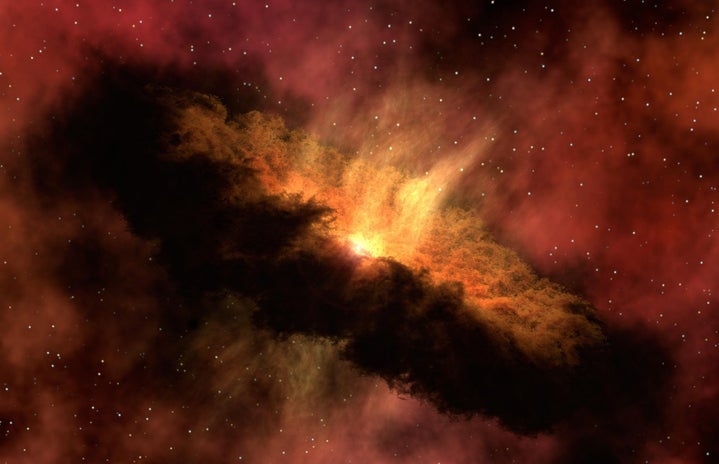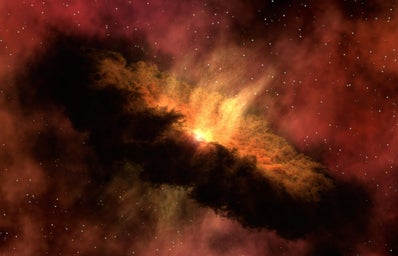The National Aeronautics and Space Administration’s (NASA) James Webb Space Telescope (JWST) might seem like just another one of their new gadgets. However, it’s actually a scientific sensation revolutionizing how we observe space, facilitating new discoveries, and allowing us to view galaxies from eons ago.
The JSWT was launched from the European Space Agency’s spaceport in French Guiana on Dec. 25, 2021, and spent seven months unfolding, instrument testing and gathering data before its first collection of full-color images were released on July 12, 2022. Webb’s infrared-detecting technology enables scientists to observe galaxy evolution, exoplanetary systems, the formation of stars and planets, and even our solar system in unimaginable ways.
When it comes to size, there are some complications when designing a space telescope. The bigger the telescope, the better its vision; but a smaller telescope is easier to get into space. To combat this, Webb’s designers produced a telescope that has the best of both worlds: it’s compact and expands in space. That’s not to say that the JWST is small- in fact, it’s six tons, has a light-gathering mirror over two stories high and is the biggest observatory ever launched into space. However, the telescope can fit inside of its launch rocket by folding and retracting its many panels and mirrors.
One of a space telescope’s most interesting qualities is that, in a way, it can look back in time. Although it sounds like something out of a science-fiction novel, there is an incredibly simple explanation as to how that’s possible. Because light moves extremely fast, its travel appears instantaneous to us here on earth; but because the distances in space are so vast, the time light takes to travel to us is more noticeable and is measured in light-years. For example, if we look at a star that is four light-years away, we see it as it was four years ago instead of today because we are seeing the light that left it four years ago and is just now reaching us. This concept can help us learn about what the universe was like billions of years ago by studying the light emitted by distant galaxies!
The JWST’s first image was highly anticipated and did not disappoint in the slightest. Credited as one of the deepest and sharpest infrared images of the universe ever taken, the patch of sky in the photo is no bigger than a grain of sand. The lights that do not have six-pointed flares are galaxies, while the ones that do are stars. This essentially means that in this one sand-sized patch of space there are hundreds, maybe thousands of galaxies! The reason some of these galaxies appear bent is because of the combined mass of the huge galaxy cluster in the center. It acts as a “gravitational lens” and bends the light rays from the more distant galaxies behind it, essentially acting as a natural telescope. “Natural telescopes” like these can help us see billions of years into the past, and even show us some of the first structures created in the universe.
While it may seem like a tall order to live up to Webb’s first image, its latest is even more incredible than its first. The photo is of the planet Neptune, and it captures the clearest view of its rings seen in decades. This is also the first time Neptune has been seen in infrared light, giving it its pearly appearance as opposed to the icy blue color it is known for. Neptune’s moons can also be seen in the photo, with six of them appearing as small dots surrounding the planet. Its seventh moon Triton can be seen in larger versions of the photo. Because Triton reflects seventy percent of the sunlight that hits it, it appears very bright and is colored teal. The appearance of Neptune’s rings is quite possibly the most astonishing part of the photo because many of them have not been detected since NASA’s Voyager 2 observed them in 1989.
Even though it has some impressive discoveries under its belt so far, the James Webb Space Telescope continues to explore and ultimately do what it does best: help us learn about the secrets of the universe.
Want to see more HCFSU? Be sure to like us on Facebook and follow us on Instagram, Twitter, TikTok, YouTube and Pinterest!


